-
2018.11.13
Background: MicroRNAs (miRNAs) may facilitate cell-to-cell communication via extracellular vesicles (EVs). The biological roles of miRNAs in EVs on allergic airway inflammation are unclear. Methods: Airway-secreted EVs (AEVs) were isolated from bronchoalveolar lavage fluid (BALF) of control and house-dust mite (HDM) allergen-exposed HDM-sensitized mice.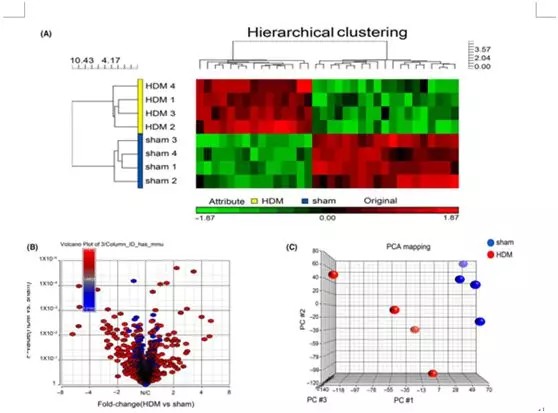 READ MORE
READ MORE -
2018.11.13
Dynamic establishment of the nasal microbiota in early life influences local mucosal immune responses and susceptibility to childhood respiratory disorders. READ MORE
READ MORE -
2018.11.13
DNA methylation profiles associated with childhood asthma might provide novel insights into disease pathogenesis. We did an epigenome-wide association study to assess methylation profiles associated with childhood asthma. READ MORE
READ MORE -
2018.11.13
Allergic diseases are on the rise in the Western world and well-known allergy protecting and -driving factors such as microbial and dietary exposure, pollution and smoking mediate their influence through alterations of the epigenetic landscape.Here, we review key facts on the involvement of epigenetic modifications in allergic diseases and summarize and critically evaluate the lessons learned from epigenome-wide association studies.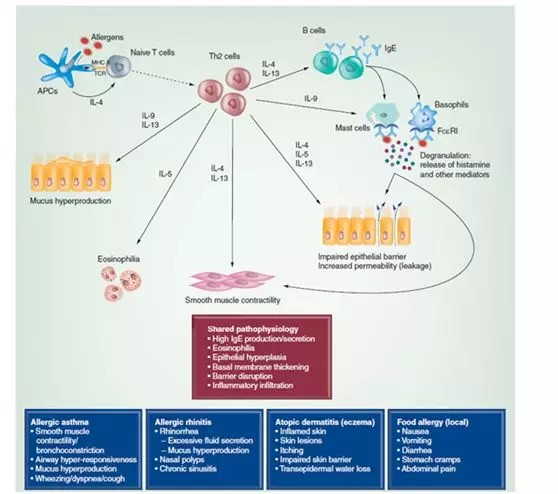 READ MORE
READ MORE -
2018.11.13
浙大迪迅Classical allergy diagnostic workup “from symptoms to molecules” comprises 1) clinical investigation, 2) skin prick- and IgE- testing, and recently, 3) molecular allergy testing. We aimed to examine the diagnostic fidelity of the alternative approach “from molecules to symptoms”, which was recently suggested in the EAACI Molecular Allergology User’s Guide, in a retrospective clinical study.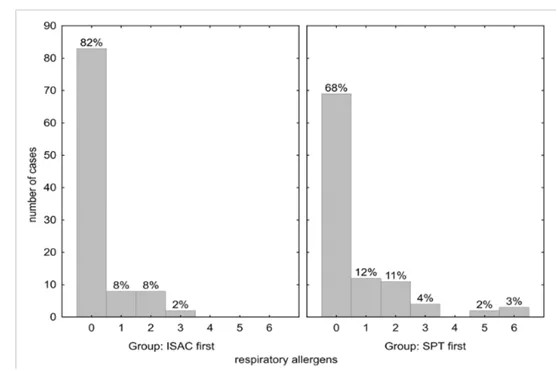 READ MORE
READ MORE -
2018.11.13
Background: Asthma is a chronic respiratory disease without a cure,although there exists spontaneous remission.Genome-wide association (GWA) studies have pinpointed genes associated with asthma development, but did not investigate asthma remission. READ MORE
READ MORE -
2018.11.13
Background: Previous studies have defined transcriptomic subtypes of adult asthma using samples of induced sputum and bronchial epithelium; however, those procedures are not readily applicable in the clinic,especially for childhood asthma.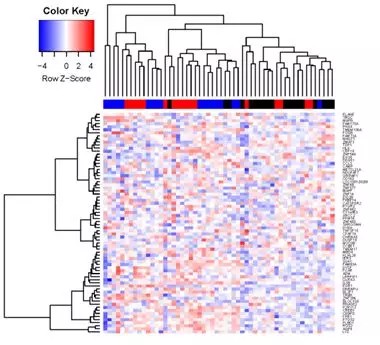 READ MORE
READ MORE -
2018.11.13
Cross-reactive carbohydrate determinants (CCDs) in plants and insect venoms are a common cause of irrelevant positive test results during in vitro allergy diagnosis. We observed that some CCD-positive sera show nonspecific IgE binding even with CCD-free recombinant allergens when using the Phadia ImmunoCAP platform.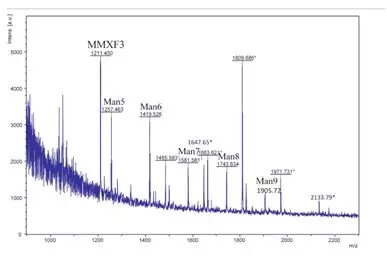 READ MORE
READ MORE -
2018.11.13
This review highlights advances in mechanisms of allergic disease, particularly type 2 innate lymphoid cells, TH2 lymphocytes, B cells, dendritic cells, microbiome and barrier function, eosinophils, and mast cells. During the last year, considerable progress has been made in the further characterization of type 2 inflammation controlled by both adaptive (TH2) and type 2 innate lymphoid effector cells. READ MORE
READ MORE -
2018.11.13
Allergic disease is characterized by marked day-night changes in the clinical symptoms and laboratory parameters of allergy. Recent reports suggest that the circadian clock, which drives a biological rhythm with a periodicity of approximately 24 hours in behavior and physiology, underpins a time of day–dependent variation in allergic reactions. New studies also suggest that disruption of clock activity not only influences temporal variation but can also enhance the severity of allergic reactions and even increase susceptibility to allergic disease. These findings suggest that the circadian clock is a potent regulator of allergic reactions that plays more than a simple circadian timekeeping role in allergy. READ MORE
READ MORE -
2018.11.13
IgE reactivity to antigens from Gram‐positive and Gram‐negative bacteria is common in patients suffering from respiratory and skin manifestations of allergy, but the routes and mechanisms of sensitization are not fully understood. The analysis of the genome, transcriptome and microbiome of house dust mites (HDM) has shown that Staphylococcus aureus (S. aureus) and Escherichia coli (E. coli) species are abundant bacteria within the HDM microbiome. Therefore, our aim was to investigate whether HDM are carriers of bacterial antigens leading to IgE sensitization in patients suffering from atopic dermatitis.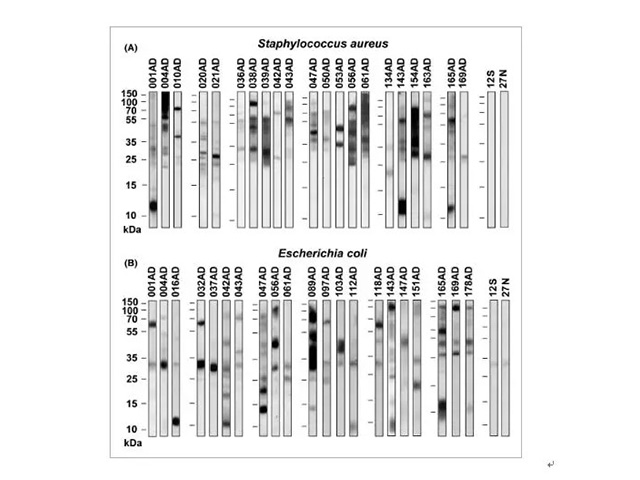 READ MORE
READ MORE -
2018.11.13
The food allergy epidemic of recent years has led to the search for safe and effective methods of immunotherapy for foods. Studies of epicutaneous immunotherapy (EPIT) in mice have shown promising safety and efficacy data. Murine models have also identified probable mechanisms for the development of tolerance to food allergens, including the induction of regulatory T cells. Clinical data is lacking, but relatively small and early studies among peanut and cow’s milk allergic subjects suggest that EPIT has an excellent safety profile,particularly compared to other methods of specific allergen immunotherapy.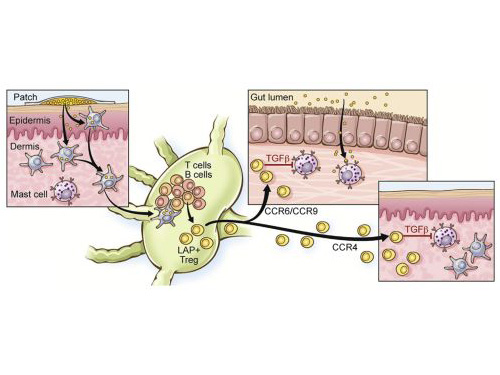 READ MORE
READ MORE -
2018.11.13
Food allergy naturally resolves in a proportion of food-allergic children without intervention; however the underlying mechanisms governing the persistence or resolution of food allergy in childhood are not understood.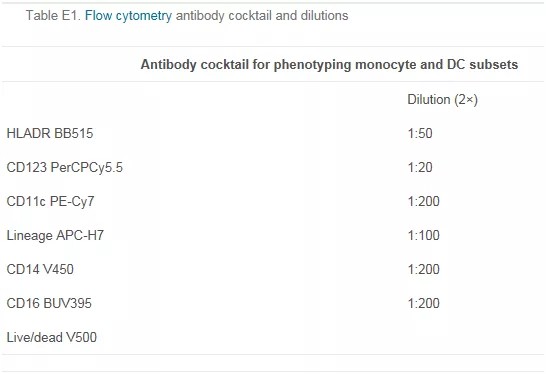 READ MORE
READ MORE -
2018.11.13
Food allergy is a common disease affecting approximately 8% of children and 5% of adults. The prevalence has increased over the last two decades, suggesting an important environmental contribution to susceptibility. Studies have identified mode of birth, pet exposure, and having older siblings as being significant risk modifying factors in the development of food allergy. With the discovery that these factors significantly impact the composition of the intestinal microbiome, which is known to play a critical role in shaping the immune system, recent studies have begun to address the role of the intestinal microbiota in the development of food allergy.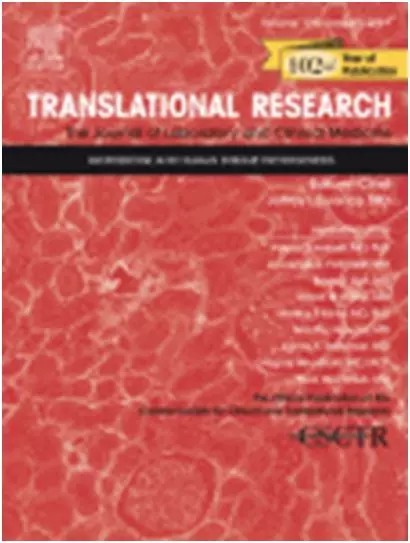 READ MORE
READ MORE -
2018.11.13
The application of recently developed sensitive, specific, culture-independent tools for identification of microbes is transforming concepts of microbial ecology, including concepts of the relationships between the vast complex populations of microbes associated with ourselves and with states of health and disease.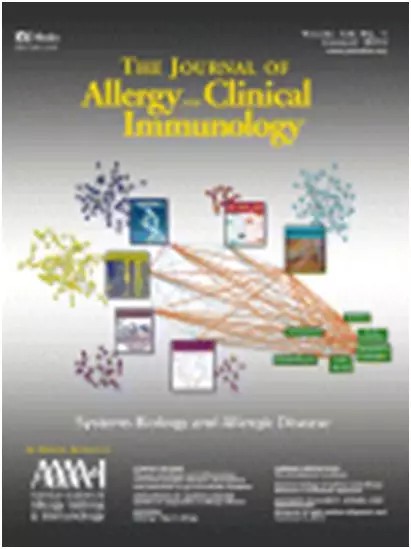 READ MORE
READ MORE -
2018.11.13
PRACTALL is a joint initiative of the American Academy of Allergy, Asthma & Immunology and the European Academy of Allergy and Clinical Immunology to provide shared evidence-based recommendations on cutting-edge topics in the field of allergy and immunology. PRACTALL 2017 is focused on what has been established regarding the role of the microbiome in patients with asthma, atopic dermatitis, and food allergy.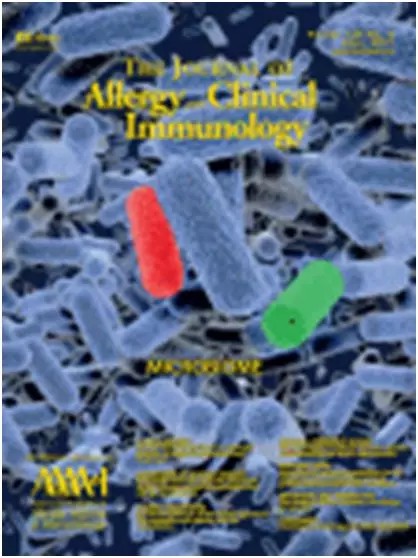 READ MORE
READ MORE -
2018.11.13
Ingestion of innocuous antigens, including food proteins, normally results in local and systemic immune nonresponsiveness in a process termed oral tolerance. Oral tolerance to food proteins is likely to be intimately linked to mechanisms that are responsible for gastrointestinal tolerance to large numbers of commensal microbes. Here we review our current understanding of the immune mechanisms responsible for oral tolerance and how perturbations in these mechanisms might promote the loss of oral tolerance and development of food allergies.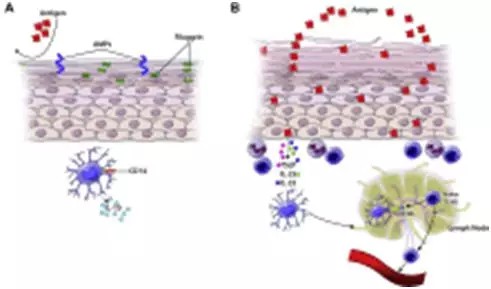 READ MORE
READ MORE -
2018.11.13
We studied 226 children with milk allergy who were enrolled at infancy in the Consortium of Food Allergy observational study of food allergy. Fecal samples were collected at age 3 to 16 months, and the children were followed longitudinally with clinical evaluation, milk-specific IgE levels, and milk skin prick test performed at enrollment, 6 months, 12 months, and yearly thereafter up until age 8 years. READ MORE
READ MORE -
2018.11.13
Probiotics are live microorganisms that confer a health benefit on the host when applied in adequate amounts. The therapeutic effects of probiotics have been mostly studied in the gastrointestinal tract, but recent evidence points towards the potential of these bacteria to prevent and/or treat chronic airway diseases.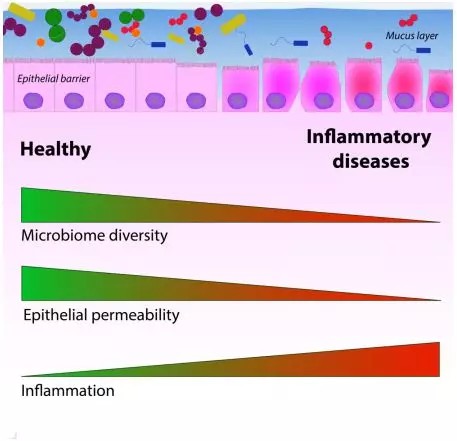 READ MORE
READ MORE
 杭州浙大迪迅生物基因工程有限公司
杭州浙大迪迅生物基因工程有限公司
